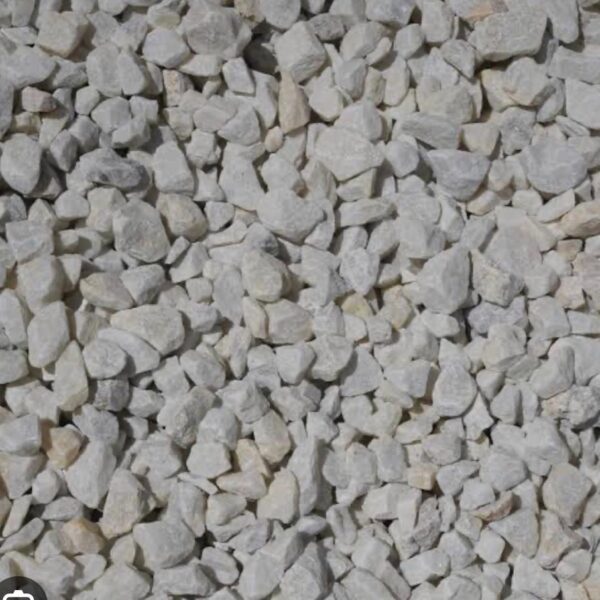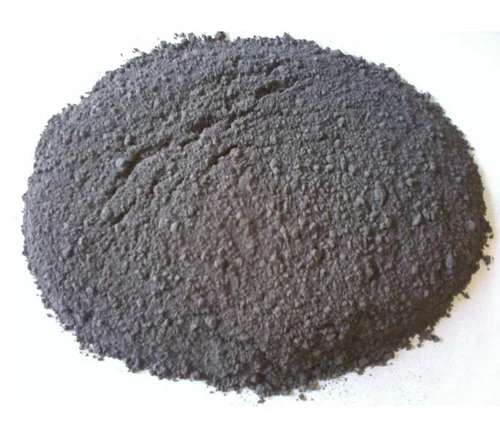Silicon and oxygen are the earth’s two most abundant elements and together they make silica, one of the earth’s three most common rock forming minerals.Silica occurs in three main crystalline forms. The principal occurrence is as the mineral quartz but it also occurs in other rarer mineral forms known as tridymite and cristobalite.
Silica Sand high Sio2 / Low Iron
It is a very durable mineral resistant to heat and chemical attack and it is these properties that have made it an essential raw material for many industrial and societal applications.The first industrial uses of crystalline silica were probably related to metallurgical and glass making activities a few thousand years BC. It has continued to support human development throughout history, being a key raw material in the industrial revolution especially in the glass, foundry and ceramics industries and is imperative for the development of the green revolution, notably renewable energy. Silica contributes to today’s Information Technology revolution and is a primary component of mobile phones and tablets.
Silica (industrial) sands contain a high proportion of silica (normally, but not exclusively, more than 95% SiO2). It is recognized by government as an essential raw material of national importance and as such there is a requirement to provide an adequate and steady supply, through maintaining stocks of permitted reserves and safeguarding silica sand resources.










